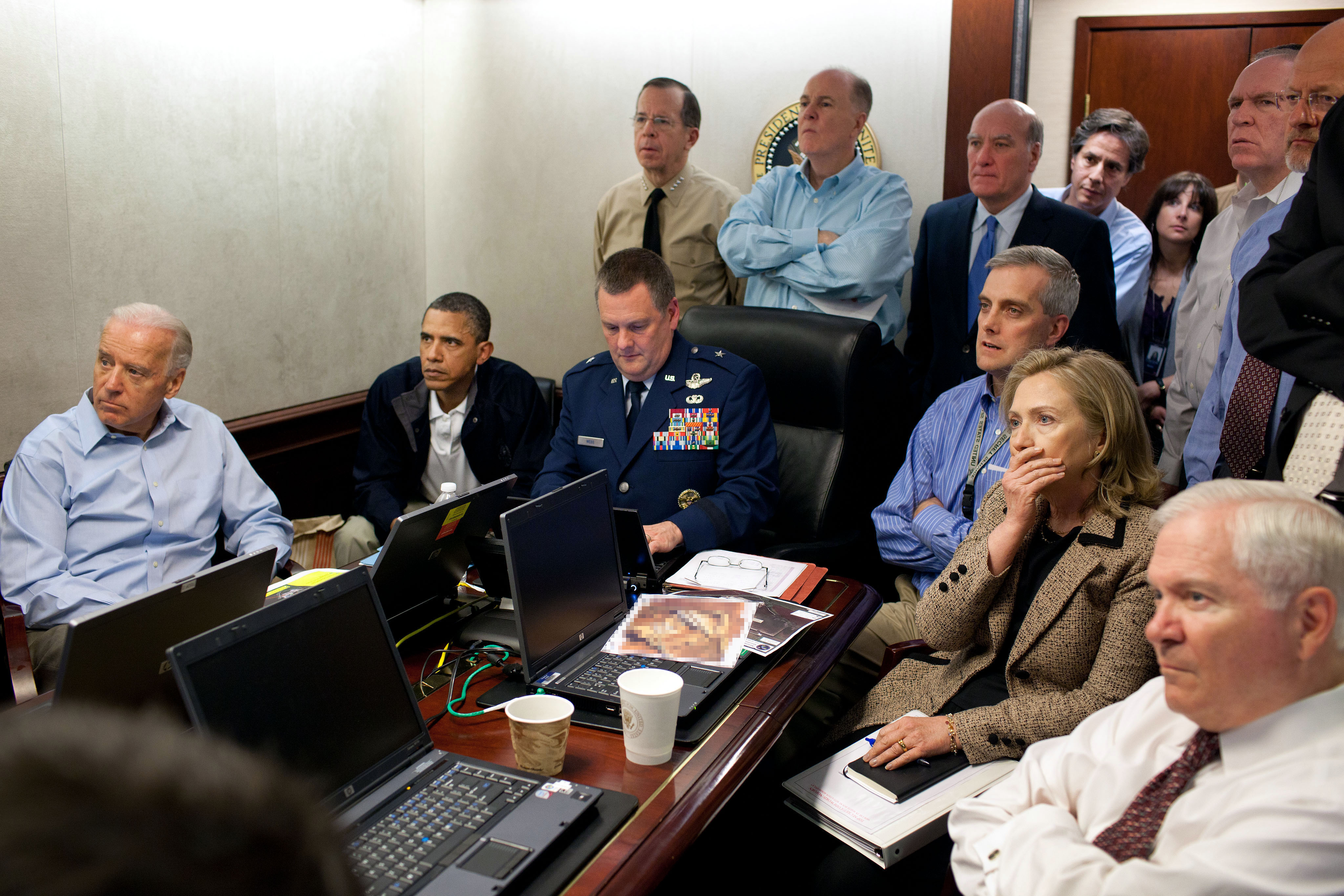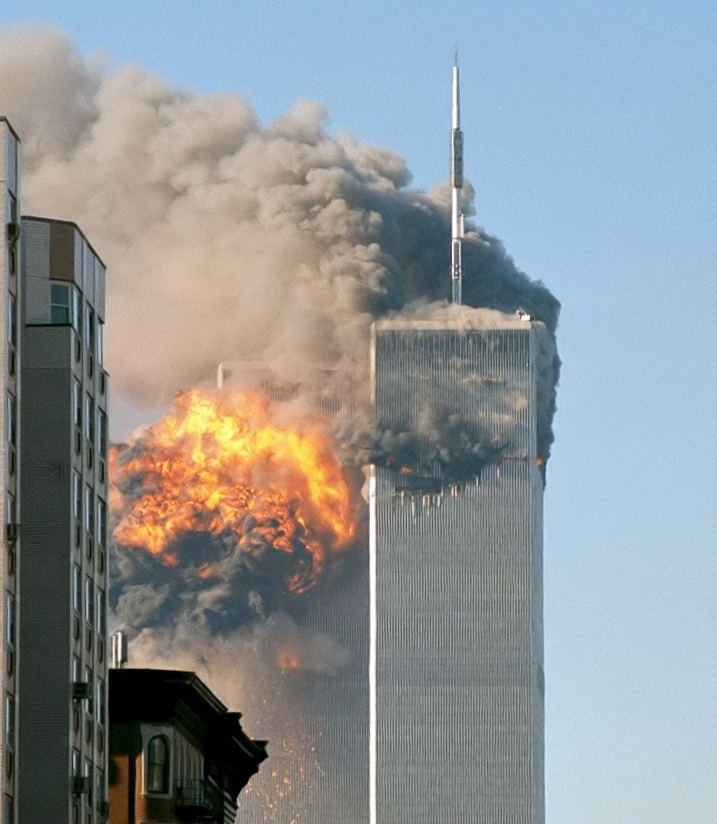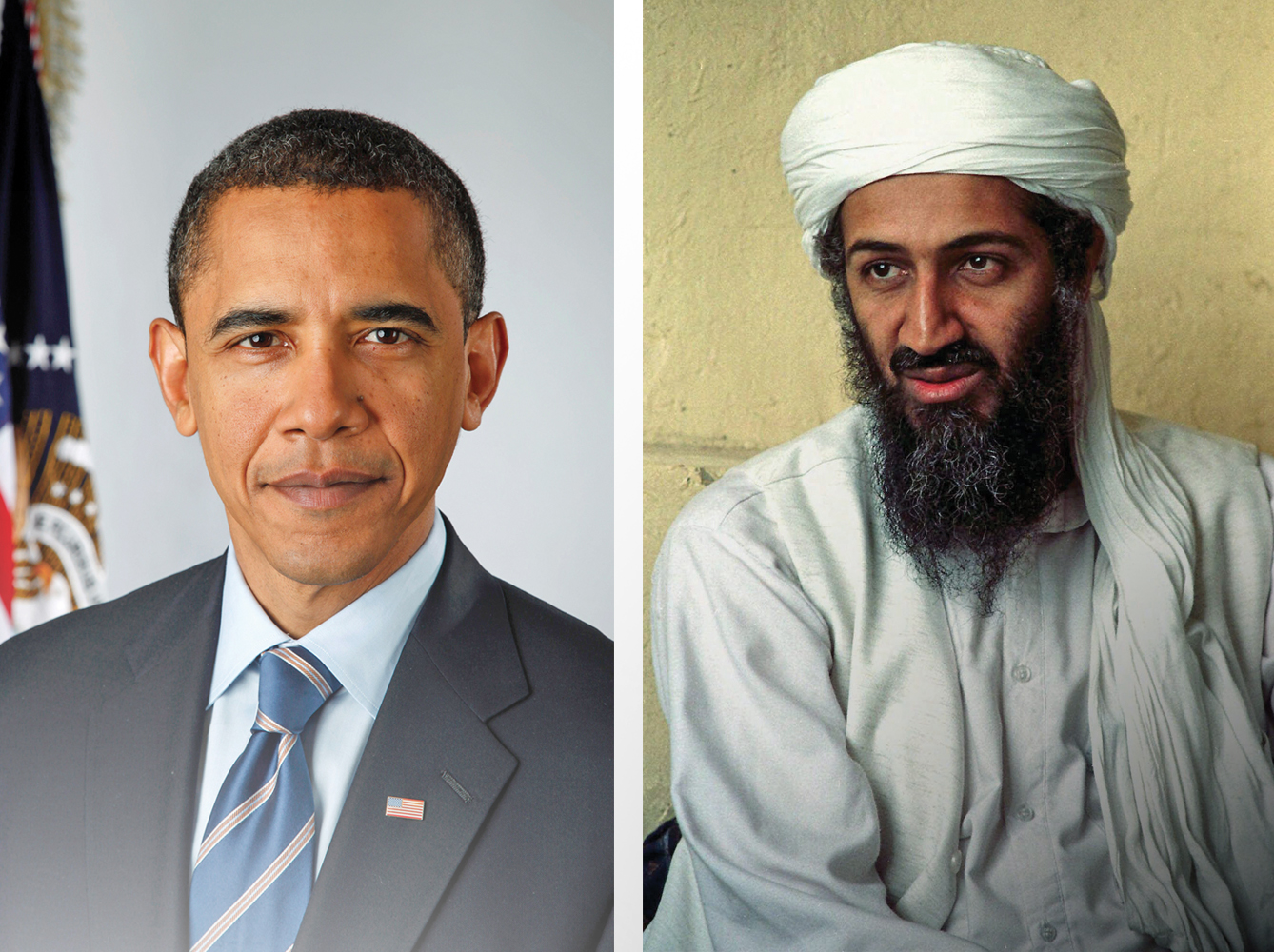Immediately after being elected,
U.S. President Barack Obama made hunting
down al-Qaida leader Osama bin Laden his
administration’s top mission in the war on terrorism
While campaigning in June 2008, Barack Obama promised to capture al-Qaida leader Osama bin Laden but offered few details of any plan. The Democratic presidential candidate came under heavy fire from media pundits, who called the statement either naïve or a calculated gambit he would abandon once in the White House.
Less than five months later, on Nov. 4, Obama became America’s first Black president. He immediately announced a timetable for the withdrawal of American troops in Iraq—an act that earned him the Nobel Peace Prize— and ordered a covert hunt for the architect of the Sept. 11, 2001, terrorist attacks that killed 2,996 people and injured more than 6,000.
The hunt for bin Laden, of course, had started immediately after the 9-11 attacks. On Oct. 7, 2001, the U.S. and various NATO allies had invaded Afghanistan because the Taliban was sheltering and supporting the terrorist leader. Although scores of al-Qaida terrorists—some directly involved in 9-11—were killed or captured over the years, bin Laden always escaped.
Seal Team Six struck,
descending on the compound
in three helicopters.
Finding the al-Qaida leader
in an upstairs bedroom.
Determined to take bin Laden down, Obama directed CIA Director Leon Panetta to make killing or capturing him the top priority in America’s war on terrorism. In August 2010, the CIA briefed Obama on a possible lead. Over many more months the threads of this lead were slowly tied together. Obama’s national security team kept him closely apprised as the intelligence developed. It soon emerged that bin Laden was hiding in a luxurious and secure mansion compound deep inside Pakistan at Abbottabad—just over a kilometre from the nation’s elite military academy.

President Barack Obama and Vice President Joe Biden, along with with members of the national security team, receive an update on the mission against Osama bin Laden in the Situation Room of the White House, May 1, 2011. (Official White House Photo by Pete Souza)
For several months, CIA agents cautiously watched the compound while drones hovering invisibly high overhead collected hundreds of photographs. Then, in the last week of April 2011, Obama declared the evidence sufficient to confirm bin Laden’s presence and authorized direct action. On May 2 (May 1 in the U.S.), Seal Team Six struck, descending on the compound in three helicopters. Finding the al-Qaida leader in an upstairs bedroom—by some reports with a pistol and assault rifle close by—bin Laden was killed instantly by shots to his head and chest.
Five years after bin Laden’s death, Obama reflected in an interview on the terrorist’s elimination. The president said it still gave him “satisfaction to think that in his final moments bin Laden would have realized that an American had come to take revenge or seek justice for the 3,000 Americans who were killed on 9-11.”
(Video in public domain: The White House)
Born in Riyadh, Saudi Arabia, in either 1957 or 1958 and the son of a millionaire Yemeni immigrant who owned the nation’s largest construction company, Osama bin Laden seemed an unlikely candidate to become the world’s most infamous terrorist. Yet his education led him in the late 1970s to membership in the Muslim Brotherhood and the tutelage of radical pan-Islamist scholar, Abdullah Azzam, who advocated jihad to create a single Islamic state. When the Soviet Union invaded Afghanistan in 1979, Azzam and bin Laden moved to Peshawar, Pakistan, and used their influence to garner financial and moral support for the mujahedeen rebels. In 1988, bin Laden founded al-Qaida (“the base”) as a terrorist organization. With the Soviet withdrawal, he returned to Saudi Arabia to continue building al-Qaida, but the government rebuffed bin Laden’s efforts to work with it. Instead, with Saddam Hussein’s 1990 invasion of Kuwait, the Saudis joined the Western coalition against Iraq. Infuriated by this co-operation with the “infidel” United States, bin Laden vowed that al-Qaida—rather than America—would rise as “master of this world.”
In 1988, bin Laden founded
al-Qaida (“the base”) as a
terrorist organization.
In 1991, al-Qaida struck for the first time, detonating a bomb in a hotel in Aden, Yemen, that housed American troops. While no Americans were killed, two Austrian tourists died. Emboldened, bin Laden launched a full-blown terrorist campaign that spanned the 1990s and reached its zenith with the Aug. 7, 1998, bombings of U.S. embassies in Kenya and Tanzania that killed 224 people and left more than 4,500 wounded. This was followed on Oct. 12, 2000, by the attack on the American destroyer, USS Cole, which killed 17 sailors and injured 38. Although indicted by a U.S. federal grand jury for the embassy bombings, there was no viable way to bring bin Laden to trial.

The northeast face of Two World Trade Center (south tower) after being struck by plane in the south face. [By Robert on Flickr [CC BY-SA 2.0 Wikimedia Commons]
Then on Sept. 11, 2001, the World Trade Center in New York and Pentagon attacks were claimed by bin Laden. Despite America’s ensuing “global war on terror,” bin Laden eluded American efforts to capture him with seeming ease. From hiding, he continued to plot new attacks and issued a regular stream of taunting radio and television broadcasts.
With Obama’s election, however, American intelligence agencies focused their efforts on hunting bin Laden down. On the fateful day following bin Laden’s death, Obama told the American people that “Justice has been done” and bin Laden’s “demise should be welcomed by all who believe in peace and human dignity.”
Advertisement




















